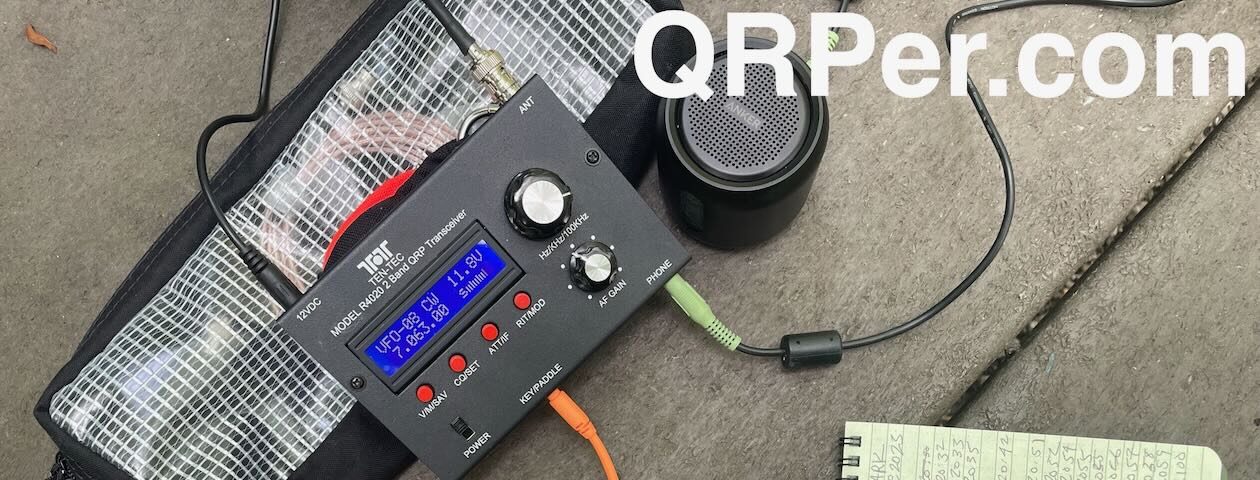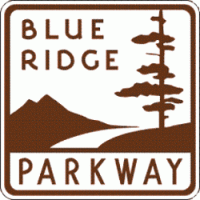 Back in the days of the National Parks On The Air (NPOTA) program in 2016, I made it a habit of doing multiple park activations in a morning, afternoon, or evening. I’ve done less of this in Parks On The Air (POTA) this year only because my time is more limited. Still, I love doing multiples because it gives me an opportunity to set up, play radio, achieve a valid activation, pack up, move on and repeat. Makes me feel like the only member of a pit stop crew. I love it!
Back in the days of the National Parks On The Air (NPOTA) program in 2016, I made it a habit of doing multiple park activations in a morning, afternoon, or evening. I’ve done less of this in Parks On The Air (POTA) this year only because my time is more limited. Still, I love doing multiples because it gives me an opportunity to set up, play radio, achieve a valid activation, pack up, move on and repeat. Makes me feel like the only member of a pit stop crew. I love it!
Some call this RaDAR (Rapid Deployment Amateur Radio).
Monday (December 21, 2020) I had a block of time in the early afternoon to fit in up to two activations, en route to the QTH if all went well. While it wasn’t three, four, or five activations in an afternoon, I knew it would be a challenge to fit both in my tight schedule. If an activation took much longer than 30-40 minutes, I wouldn’t be able to complete both.
Since my goal was a quick activation, I reached for the Chameleon MPAS Lite vertical antenna which is so easy to deploy. I paired it with the Icom IC-705 and new mAT-705Plus ATU.
Gear:
- Icom IC-705
- Mat-Tuner mAT-705Plus
- Chameleon CHA MPAS Lite
- CW Morse “Pocket Paddle”
- Red Oxx Micro Manager
- Bioenno 3 aH LiFePo Battery (Model BLF-1203AB)
- Tom Bihn Large Travel Tray
Johns River Game Land (K-6915)
My first stop was Johns River Game Land. During hunting season, I spend less time in game lands because parking areas are full and even though I wear a blaze orange vest, I’d rather not be shot if I venture into the forest to set up. 🙂
Johns River has a very accessible large parking area off of a highway near Morganton, NC and I’ve never seen more than two vehicles there at a time.
I arrived on site just before noon on Monday and set up at the edge of the parking area. Unfortunately, this parking area is less than bucolic. Those who use this game land access point leave trash everywhere. You can tell groups gather with pickup trucks, make fire pits, drink beer, break bottles and throw their trash in the woods. Being a firm believer in Leave No Trace, this really, really gripes me.
I found a spot with the least amount of trash and set up in the gravel portion of the parking area so I didn’t drive over sharp objects or step on broken glass.
This is where the Chameleon MPAS Lite came in handy: I plunged its spike in the ground, unrolled the counterpoise, extended the antenna, and I was on the air in perhaps three minutes. No need to walk into the weeds and trees to hang an antenna.
I made a real-time, no-edit video of the entire activation with my iPhone. Since the iPhone was in use, I didn’t take a single photo at Johns River. That’s okay, though, because–as I mentioned–there wasn’t a lot there in terms of scenery. 🙂
Here’s the full video:
All in all, I worked 11 stations in short order. The video above approaches 30 minutes, but much of that time is dialog before the activation started. Toward the end, I also have the Mat-Tuner mAT-705Plus tune from 160-6 meters with the CHA MPAS Lite. If you’d like to skip directly to that bit, here’s the link.
I quickly packed my gear and set my sites on the next activation.
Lake James State Park (K-2739)
 I arrived at Lake James State Park around 19:00 UTC and was on the air ten minutes later with the same equipment I used at Johns River.
I arrived at Lake James State Park around 19:00 UTC and was on the air ten minutes later with the same equipment I used at Johns River.
I love Lake James because there are so many picnic sites and all have tall trees (for wire antennas) and gorgeous views. It doesn’t get any better for a POTA activator. Also, it’s a very short walk to the picnic spots. Since I recently sprained my ankle and can’t hike at present, this is a major plus. Like Johns River, I also have mobile internet access at Lake James which was a huge plus since the POTA spotting page wasn’t pulling spots from the Reverse Beacon Network like it normally does.
The Chameleon MPAS Lite 17′ vertical (above) served me well once again.
 I worked 11 stations in short order.
I worked 11 stations in short order.
Even though a vertical antenna isn’t optimal in the foothills of western North Carolina (due to poor ground conductivity), it had no problem sending my 10 watts across the US into California and up to Alaska. I still get a major thrill out of MPW (mileage per watt) like this!
I also made a short video at Lake James where I primarily talk about the trade off between convenience and performance with regards to field antennas. I also work a few stations on 30 meters:
Here’s a QSOMap of all of my contact from both Johns River and Lake James on Monday December 21, 2020:
Happy Holidays!
Today is Christmas Eve and I’ve no plans to do an activation (torrential rain, if I’m being honest, is dissuading me).
Instead, I’ll spend quality time with my family here at home. Same for Christmas Day. This evening, we’ll watch some our favorite Christmas shows/episodes: The Good Life (a.k.a. Good Neighbors), The Grinch Who Stole Christmas, and of course a Charlie Brown Christmas to cap off the evening.
I know 2020 has put a damper on gatherings with family and friends–our family has certainly felt it this year. With that said, I think the amazing thing about ham radio is the community we build over the air–it’s certainly been an important community for me, this year especially.
Thank you, radio family!
Here’s wishing you, your family, and your friends the very best of the season!
73,
Thomas
K4SWL/M0CYI


















































































